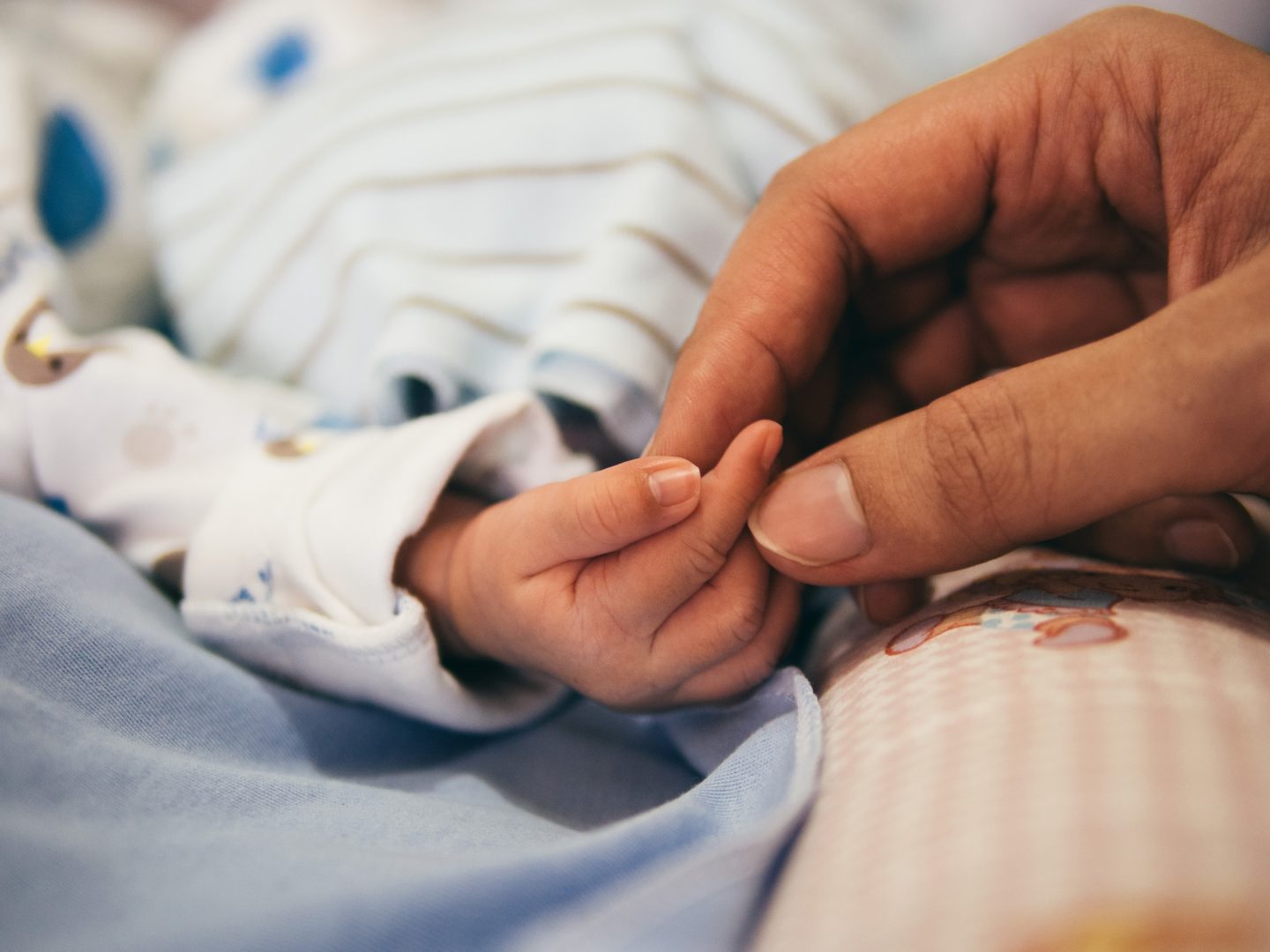Paid parental leave is a hot button issue for families across the U.S.
But according to a new study that was published in the American Journal of Public Health, maternity leave doesn’t seem to be on the rise for new moms. In fact, the number of women taking maternity leave hasn’t changed much in the last two decades.
Maternity Leave — By the Numbers
TIME reports that researchers from Ohio State University discovered that an average of 273,000 women take maternity leave every month — a number that’s held steady from 1994 to 2015.
The study indicates that, while the economy is growing, the number of working moms opting for maternity leave isn’t. The report states, “Although the U.S. economy has expanded dramatically since 1994, this improvement does not appear to have translated into more women taking maternity leave.”
Jay Zagorsky, author of the study and research scientist at The Ohio State University’s Center for Human Resource Research, told Science Daily that the maternity leave findings are both “surprising” and “troubling.”
“Given the growing economy and the new state laws, I expected to see an increasing number of women taking maternity leave,” Zagorsky told Science Daily.
The new laws Zagorsky is referring to include paid family leave laws put into place by the state legislatures of California, New Jersey and Rhode Island. TIME reports that New York will follow suit in 2018.
The stasis of maternity leave participants might simply be because there is no other option for new moms. Pew Research reports, in “40% of all families with children, the mother is the sole or primary breadwinner.”
And with the cost of raising a child now topping out at $233,610, money is likely a driving factor behind the stagnation. Pew Research also found that in nearly half of two-parent households, both parents now work full-time.
What About Dad?
The findings also identified a new trend amongst fathers: they’re actually taking paternity leave. In fact, the study found that the number of dads taking paternity leave has nearly tripled since 1994.
What’s Next for Paid Family Leave Policies Across the Country?
The Family Medical Leave Act, implemented in 1993, offers 12 weeks of unpaid leave a year to certain employees. And yet, the U.S. still lags behind when it comes to paid parental leave for families, which likely contributes to the stagnant maternity leave numbers. America is the only country, out of 41 nations, that doesn’t require companies to compensate new parents during their time off with baby, according to Pew Research.
The American Journal of Public Health tweeted that, “…51.7% of parental leave was unpaid.”
Recently, IKEA was one of the companies to expand their parental leave policy — which went into effect on Jan. 1, 2017 — to its 14,000 U.S. workers. This policy now allows them to receive up to four months of paid parental leave, according to Fortune magazine.
During his campaign, President Trump said that he would require employers to provide new moms with six paid weeks of leave. But Zagorsky told TIME that even if the proposed policy is put into action, it’s not enough.
“We still have a long way to go to catch up with the rest of the world.”





